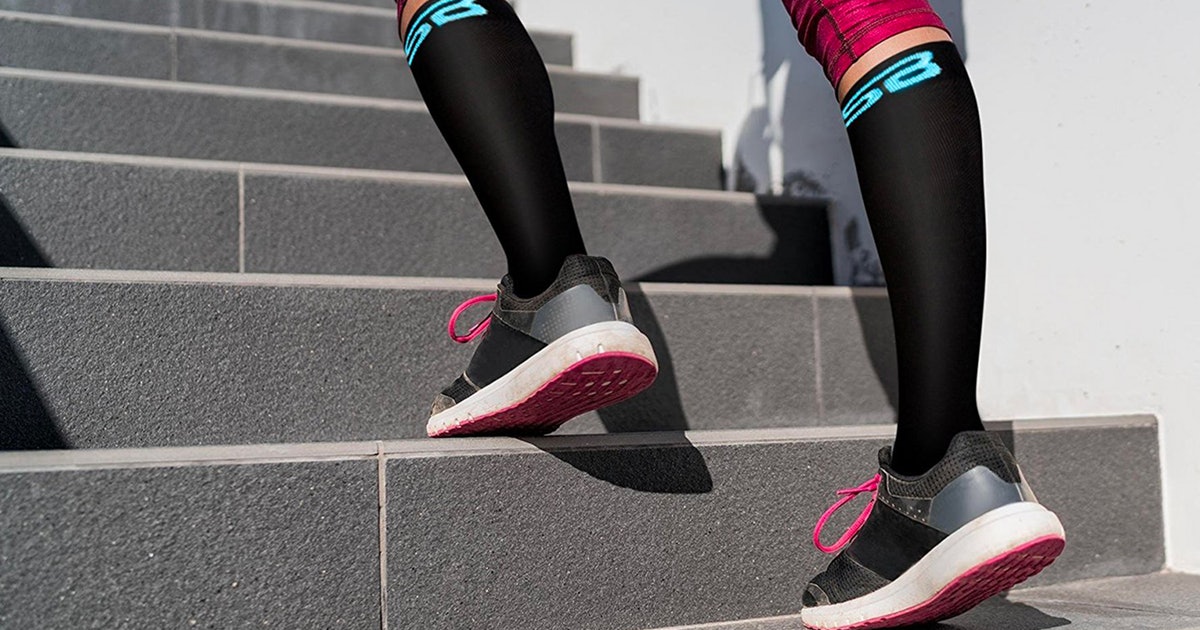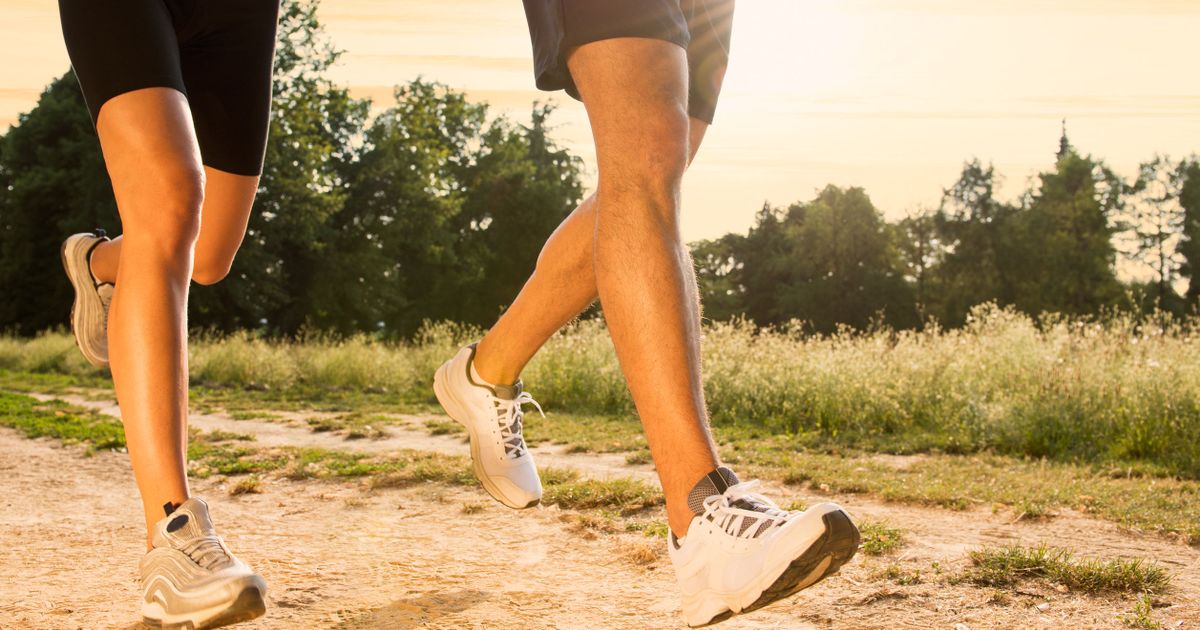Natural Treatments For Orthostatic Intolerance
Orthostatic intolerance remains diagnosed by its symptoms. In orthostatic intolerance, many concerning signs occur when a person stands after they have been sitting. The symptoms also may occur after laying down for a while and then sitting up. Some of the symptoms of orthostatic intolerance are dizziness, low blood pressure, headaches, and fatigue. These concerning symptoms appear due to issues with an individual’s blood flow, blood pressure, and heart rate.
While these symptoms may feel alarming, there are some simple, natural methods of improving the way an individual feels when they stand up or sit up. Basic behaviors will keep an orthostatic intolerance patient from feeling strange when they get out of their bed or chair.
Increase Your Intake Of Salt

Increasing your salt intake is one natural way to improve the way you feel when you stand. One way to increase your salt intake remains to eat soups that are high in salt content. You can check the sodium levels in your soup by reading the nutritional information on the labels on the back of each can. Along with eating salty soups, drink about five servings of liquids such as flavored water throughout your day to ensure your water retention remains high.
Another way to increase the amount of salt content is to use electrolyte powder. Consuming electrolyte powder in glasses of water three times per day and drinking at least eight servings of fluids per day (in total) is another good way to increase your salt intake.
Eat Smaller Meals

For treatment of orthostatic intolerance, try eating smaller meals more frequently. Your body needs much less blood flow when eating smaller meals for digestion. Also, using less blood to digest your food gives more blood to the rest of your system, and reduces the symptoms of dizziness and other orthostatic intolerance feelings. Individuals who eat larger meals tend to experience blood pooling in the center of their bodies, moving it away from the blood pressure and brain, where it is needed to assist you when you stand up.
Another benefit to orthostatic intolerance is to eat small meals slowly rather than quickly, which also keeps the blood flowing better throughout your entire body. Lastly, restricting the number of carbohydrates in your food can increase the amount of blood pressure needed to increase blood pressure and improve blood strain. When you eat smaller amounts in meals, you do your body and blood pressure a favor and should see signs of these symptoms improving.
Compression Socks

Many individuals using medium pressure compression socks of twenty to thirty millimeters describe their orthostatic intolerance symptoms improving remarkably. To get the best benefits from these socks, wear hose at least thigh high or, preferably, mid-thigh high. Also, patients should wear compression socks all day, but they definitely need to be worn if they’re actively moving around during the day. They should not be worn when lying down for long periods, such as when at night while sleeping. Wearing an article of clothing that compresses the mid-section, such as a girdle, also helps with the symptoms of this orthostatic intolerance.
Drink Plenty Of Fluids

Drink plenty of fluids to increase your blood pressure especially if you have orthostatic hypotension. Individuals tested drank 480 milliliters of room temperature tap water during a five minute period. Patients with autonomic failure who drank water with a meal were discovered to have higher blood pressure after eating a meal than did individuals who did not drink water with their meals. Also, those who drank water and had idiopathic orthostatic intolerance showed an improvement in their symptoms when they drank water with their meals. This study concluded drinking water might serve as a part of the successful treatment of individuals with impaired idiopathic tolerance symptoms.
Exercises

While some individuals experience difficulty exercising, they can definitely increase their levels of fitness and improve the way they feel if they routinely participate in a proper type of exercise program. Try starting with a relatively small amount of exercise per day. Even doing as little as two minutes of exercise can be a good start to increase your exercise levels. Work your way up to larger levels of activity gradually.
Work for a goal of thirty minutes of exercise per day three times a week. Not only will you feel better in general, but your stress levels will improve. Exercises as simple as wearing one to two-pound weights around your ankles or performing calf raises can prevent your muscles from deteriorating as well as improve your orthostatic intolerance levels and symptoms.